Fenced reserves and captive breeding programs can bring treasured species back from the brink, but there are limitations.

I WATCH AS THE rusty strands break apart in my fingers, knowing full well that this fence in the South Australian desert means life or death for the bilbies, bettongs and other rare animals inside it. My companion, biologist Dr Kath Tuft, is frowning at other decaying strands.
We have paused on the boundary of Arid Recovery, the 12,300ha wildlife reserve Kath manages, to inspect its predator-proof fence. The rust we find is confined to some strands buried in shallow sand, which means that no fox or cat can get through, but this section will need replacing sooner rather than later. Should the corrosion worsen, rabbits will claw their way through, foxes and cats will follow and…you can guess the rest.
The alkaline soil out here wreaks havoc with buried fencing, and it plays with my imagination as well. That imposing fence we had been driving beside now seems flimsy as if spun of cotton. The stories Kath tells don’t help. Holes have been made by buck kangaroos, one on each side, kicking each other in tiffs over females. Those holes aren’t the worst kind, she says, because they appear some way above the ground, so predators are slow to find them.
In western Queensland, Currawinya National Park had a fence that failed in a spectacular way. Corrosion following sustained floods in 2011–12 allowed cats to enter a 2500ha enclosure and few, if any, of the bilbies inside survived. Fenced peninsulas in Shark Bay, Western Australia, have foxes creeping around the edges at very low tides and entering through holes caused by corrosion or storms. One fox in the reserve Heirisson Prong killed 33 bettongs before it ate a poison bait.
Bu hikaye Australian Geographic Magazine dergisinin July - August 2019 sayısından alınmıştır.
Start your 7-day Magzter GOLD free trial to access thousands of curated premium stories, and 9,000+ magazines and newspapers.
Already a subscriber ? Giriş Yap
Bu hikaye Australian Geographic Magazine dergisinin July - August 2019 sayısından alınmıştır.
Start your 7-day Magzter GOLD free trial to access thousands of curated premium stories, and 9,000+ magazines and newspapers.
Already a subscriber? Giriş Yap

SULAWESI SENSATIONS
There are worlds within worlds and marvels untold waiting to be experienced on Indonesia's remote islands.
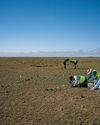
SEARCHING FOR AUSSIE DINOSAURS
Our understanding of where to find ancient life in Australia has been turned on its head by a new appreciation of the country's geology. Now the world is looking to our vast outback as the latest hotspot to locate fossils.
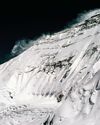
THE HARDEST NIGHT
The first Australian ascent of Mt Everest in 1984 is one of the great feats of mountaineering. Climbed by a small team semi-alpine style, with no bottled oxygen, via the Great (Norton) Couloir, it remains unrepeated 40 years later.
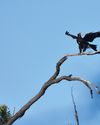
WEDGE-TAILED WONDER
The chance discovery of an eagle nest leads to an extended vigil observing normally hidden behaviours of one of nature's supreme winged marvels.
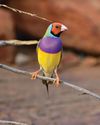
BURDENED BY BEAUTY
Northern Australia's Gouldian finch survives in huge numbers in cages around the world, but its wild population continues to struggle.
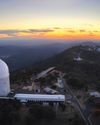
A TELESCOPE FOR A GOLDEN AGE
After a stellar 50 years as one of the country's major scientific assets, the AAT continues to play a major role in keeping Australian astronomy on the world stage.
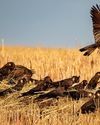
COCKY WHISPERING AT COOMALLO CREEK
This patch of remnant bush on the edge of the West Australian wheatbelt is a place loved by one of Australia's rarest bird species and the man who has studied the site for more than 50 years.

A PIONEERING PAIR
Louisa Atkinson and her mother, Charlotte, were among Australia's earliest authors, and pioneers in women's rights.
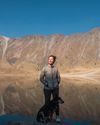
THE LONGEST WALK
Lucy Barnard is walking from Argentina to Alaska -the length of the Americas - on an extraordinary journey of endurance and adventure.
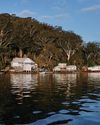
SECLUDED, BUT NOT ALONE
In an era of heightened social isolation, where many of us lead lonely lives, Dangar Island offers the chance to be part of a supportive, connected community.